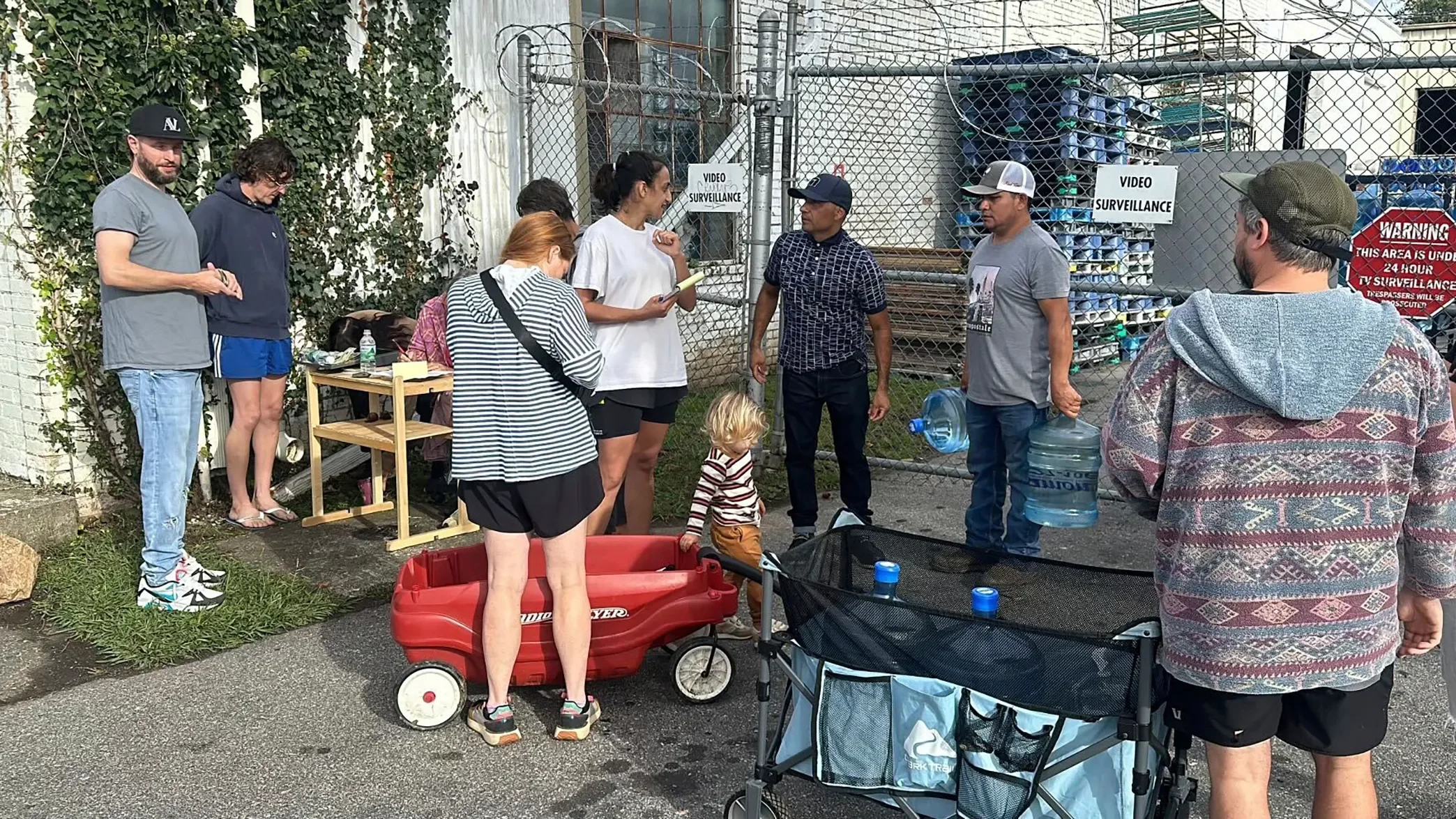Funding Beyond the Crisis: How Philanthropy Can Build Arts Resilience Through Intermediaries
Myah Goff
Organizers: Stephanie Barajas and Mollie Quinlan-Hayes
Speakers: Daniel Reid and Katie Cornell
In 2024, Hurricane Helene displaced hundreds of thousands of households across North Carolina. Months later, wildfires in Southern California destroyed more than 16,000 structures and forced 186,000 people to move from their homes.
“Artists and arts workers were among the hardest hit,” said Stephanie Barajas, the program officer for the Center for Cultural Innovation in San Jose, CA. “People lost, not only their homes and studios but also their livelihoods, gigs, teaching jobs, archives, and performance spaces.
This panel discussion — among Barajas, Katie Cornell (Executive Director, ArtsAVL, Asheville, N.C.), Daniel Reid (Associate Director, Getty Foundation, Los Angeles, CA), and Mollie Quinlan-Hayes (Executive Director, National Coalition for Arts Preparedness and Emergency Response) — shared a look at how arts organizations responded to these disasters in real time.
What works, what doesn’t and what needs to change if philanthropists hope to support artists beyond moments of emergency?
Lessons from the COVID-19 pandemic
In California, intermediaries — place-based organizations that connect funders with communities — mobilized quickly. The Getty Foundation and Center for Cultural Innovation (CCI) together distributed $16.4 million in relief funding to 1,689 artists and arts workers across California, where 61% had lost their homes and 34% experienced sustained damage, Barajas said. Recipients received up to $10,000 in support, with bilingual (English and Spanish) assistance and flexible artist verification processes designed to reach those most in need.
“We wanted to reach everyone,” Barajas said. “Security officers, food service staff, janitorial staff, groundskeepers, facilities, maintenance, retail, you name it.”
The COVID-19 pandemic had already taught funders how quickly the arts ecosystem can collapse and how collaboration can save it.
“A lot of funders, for the first time ever during the pandemic, engaged in collaborative funding and emergency response,” Reid said. “So, two or three years later, when the fire broke out, everybody’s calling each other. Those were newer relationships or recently deepened relationships but we had the muscle. We were able to build on it.”
CCI hired an arts recovery team of six people to handle outreach and to fill out applications on behalf of recipients who didn’t have the mental capacity to do so. Reid also credited Getty Foundation Director Joan Weinstein’s involvement in initiatives like the Artists Now movement and the Aspen Institute’s Artist-Endowed Foundations Initiative.
On the ground in Asheville
People wait to gather water at Mountain Valley Water in the aftermath of Hurricane Helene in West Asheville, N.C., Monday, Sept. 30, 2024. (AP Photo/Jeffrey Collins)
When Hurricane Helene made landfall, ArtsAVL, Asheville’s arts council, responded within a day. They built a disaster resource page, called local officials and nonprofits, and tried to reach artists scattered across counties stripped of cell service. Cornell, the council’s executive director, drove from parking lot to parking lot searching for WI-FI to coordinate relief.
“A hurricane — although you can’t forecast the impact or the strength of it — at least you know a day or two before it comes that it's coming, whereas something like a wildfire, there’s no notice,” Quinlan-Hayes said. “That also plays into the way that you can prepare and then respond.”
More than a year later, many businesses in Asheville’s arts district remain in recovery mode, and federal aid has been slow to arrive. The role of arts funders, Cornell said, is to keep the nonprofit arts sector at the table and ensure arts organizations survive while other funding catches up.
Building long-term resilience
Cornell urged funders to think beyond immediate relief and invest in long-term recovery, including understanding the full scope of what is lost after a disaster, strengthening networks with local arts councils and treating arts venues as vital "resiliency hubs” within emergency response plans.
She also cautioned that rigid grant requirements — such as extensive data reporting or mandatory meetings to acquire funding — can slow down response work.
Reid agreed, noting that the Getty Foundation’s partnership with CCI worked well because the foundation streamlined communications, allowing CCI to focus on distributing aid.
“Your intermediary knows their local community,” Cornell said. “They’re asking the hard questions to local artists and arts organizations about what they need. So, if funders could listen a bit more and help those intermediaries meet that need instead of trying to check boxes, that would be extremely helpful.”

